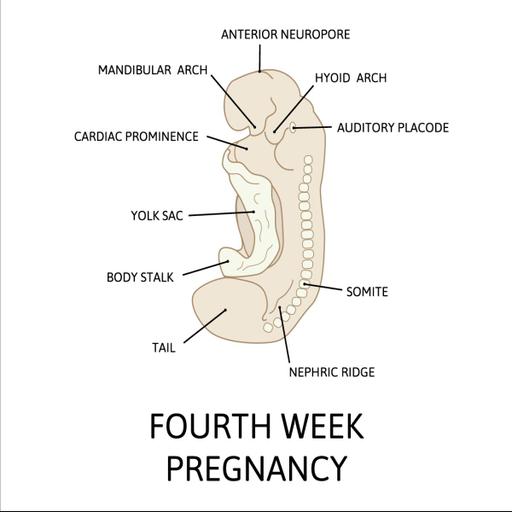Organogenesis
Presentations | English
Have you ever wondered how our internal organs, muscles, skin etc have been emerged? And got mesmerised with our anatomical formation. Yes it’s through a process called organogenesis. Organogenesis is the formation and development of the organs of an organism from embryonic cells. During organogenesis, the three germ layers are formed from gastrulation and they are ectoderm, endoderm, and mesoderm. In vertebrates, one of the primary steps during organogenesis is the formation of the neural system. The ectoderm forms epithelial cells and tissues, as well as neuronal tissues. In further development, the neural tube will give rise to the brain and the spinal cord. The mesoderm develops into the ribs, lungs, segmental spine muscle and the notochord. The endoderm forms the epithelial lining of the whole of the digestive tube except mouth and pharynx and the terminal part of the rectum. It also forms the lining cells of all the glands. Additionally, the endoderm forms internal organs including the stomach, the colon, the liver, the pancreas, the urinary bladder, the epithelial parts of trachea, the lungs, the pharynx, the thyroid, the parathyroid, and the intestines.

Free
PPTX (59 Slides)
Organogenesis
Presentations | English
